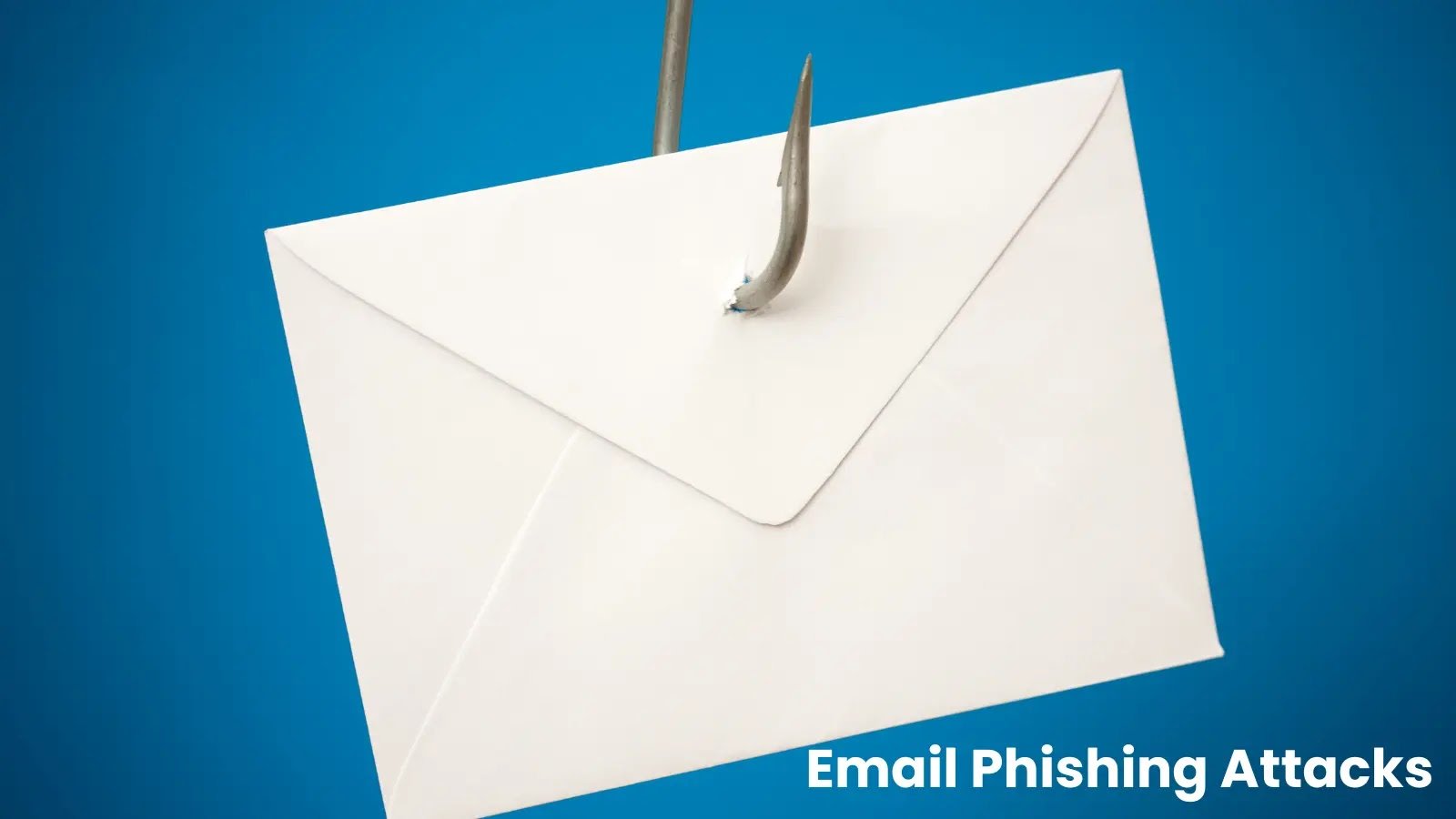Cybercriminals continue to evolve their email phishing arsenals, reviving legacy tactics while layering on advanced evasions to slip past automated filters and human scrutiny.
In 2025, attackers are noted tried-and-true approaches—like password-protected attachments and calendar invites—with new twists such as QR codes, multi-stage verification chains, and live API integrations.
These refinements not only prolong the attack lifecycle but also exploit gaps in scanning tools and users’ trust in seemingly legitimate security measures.
Phishing emails bearing PDF attachments remain a staple of both mass and targeted campaigns.
Rather than embedding clickable links directly, threat actors now favor QR codes inside PDFs. Recipients scan codes on their mobile devices, which often lack the same enterprise-grade security controls as workstations.
This tactic resurrects the earlier trend of including QR codes in email bodies but takes it further by shielding phishing URLs behind an extra layer of file handling.
Attackers are also embracing password-protected PDFs to further thwart automated scanning. The password may arrive in the same email or in a separate message, mimicking genuine secure communications.
Users lulled into believing they’re handling sensitive documents tend to trust these emails, inadvertently granting attackers time to harvest credentials or deploy malware before security teams can inspect the content.
Old Calendar Tactics
Long-dormant phishing methods are making a comeback. Calendar-based phishing—once popular among mass spammers targeting Google Calendar users—has resurfaced with a focus on B2B campaigns.
A blank email carries a calendar invite containing malicious links in its description. When unsuspecting office workers accept the event, reminders from the calendar app prompt them to click links days later, increasing the likelihood of compromise even when the original email is ignored.
Beyond delivery innovations, phishing websites themselves are undergoing sophisticated updates. Simple “voice message” campaigns lead victims through a CAPTCHA gated verification chain before presenting a faux login form.
This layered approach weeds out automated security scans that might flag a static phishing page. By chaining pages and requiring repeated human inputs, attackers ensure only genuine users reach the credential-harvesting interface.
Sophisticated MFA Bypass Methods
Multi-factor authentication (MFA) has long been a bulwark against password-only attacks, but phishers have adopted live-proxy techniques to steal one-time codes. In one recent campaign, emails impersonating a cloud storage provider invite users to review service quality.
The links redirect to a look-alike domain that proxies all interactions to the real service via API calls. When recipients enter their email addresses, the site validates them against the genuine user database, then prompts for an OTP, which is forwarded in real time to the attacker’s infrastructure.
Once the victim inputs the code—believing they are interacting with the legitimate service—the phishers obtain both the password and the dynamically generated second factor, granting them full account access.
This high-fidelity mimicry often includes default folders or familiar UI elements, extending the illusion of legitimacy and delaying user suspicion. By relaying every input through the real service, attackers bypass both URL checks and domain-based defense tools, rendering conventional email filters largely ineffective.
Email phishing in 2025 combines retro revival with cutting-edge deception. From QR-laden PDFs and password-protected attachments to calendar-based delivery and API-driven MFA bypass, threat actors are constantly refining their playbook.
To defend against these evolving tactics, organizations and users should treat unusual attachments with skepticism, verify links and domain names before clicking, and employ advanced threat-hunting tools capable of inspecting encrypted files and multi-stage web interactions.
Only by understanding the persistent and adaptive nature of these attacks can defenders stay one step ahead of increasingly resourceful adversaries.
Follow us on Google News, LinkedIn, and X to Get Instant Updates and Set GBH as a Preferred Source in Google.



